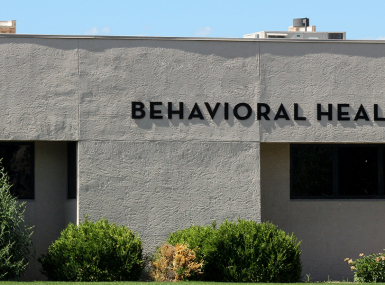Top 10 County Policy Priorities for Behavioral Health Reform

Author

Blaire Bryant

Naomi Freel
Upcoming Events
Related News
County Behavioral Health Landscape
America’s 3,069 counties are integral to America’s behavioral health system. Counties annually invest over $130 billion in community health systems, including behavioral health services. Through 750 behavioral health authorities and community providers, county governments plan and operate community-based services for persons with mental illnesses and substance use conditions. County-based behavioral health systems exist in 23 states that represent 75 percent of the U.S. population.
Featured Initiative
NACo Commission on Mental Health and Wellbeing
(2023-2024) Counties increasingly handle direct mental health service. NACo’s Commission on Mental Health and Wellbeing developed reports and united county leaders to address the mental health crisis through key policy priorities.

Related News

Congress passes SUPPORT Act reauthorization
On September 18, the U.S. Senate passed the SUPPORT for Patients and Communities Reauthorization Act of 2025 (SUPPORT Act Reauthorization) (H.R. 2483) by voice vote, following House passage earlier this year. With strong bipartisan backing in both chambers, the legislation now heads to the President’s desk for signature.

SUPPORT Reauthorization Act of 2025: What it means for counties
On December 1, the bipartisan SUPPORT for Patients and Communities (SUPPORT) Reauthorization Act of 2025 (H.R. 2483) was signed into law. The reauthorization renews vital federal funding for programs that seek to prevent opioid overdoses and expand treatment and recovery options.

CMS announces new funding opportunity for the Innovation in Behavioral Health Model
On October 16, the Centers for Medicare & Medicaid Services (CMS) released a Notice of Funding Opportunity (NOFO) for Cohort II of the Innovation in Behavioral Health (IBH) Model. This new round of funding builds on the initial IBH model announced in 2024 and continues CMS’s efforts to improve outcomes for individuals with moderate to severe mental health conditions and substance use disorders (SUDs) by advancing integration between behavioral and physical healthcare.